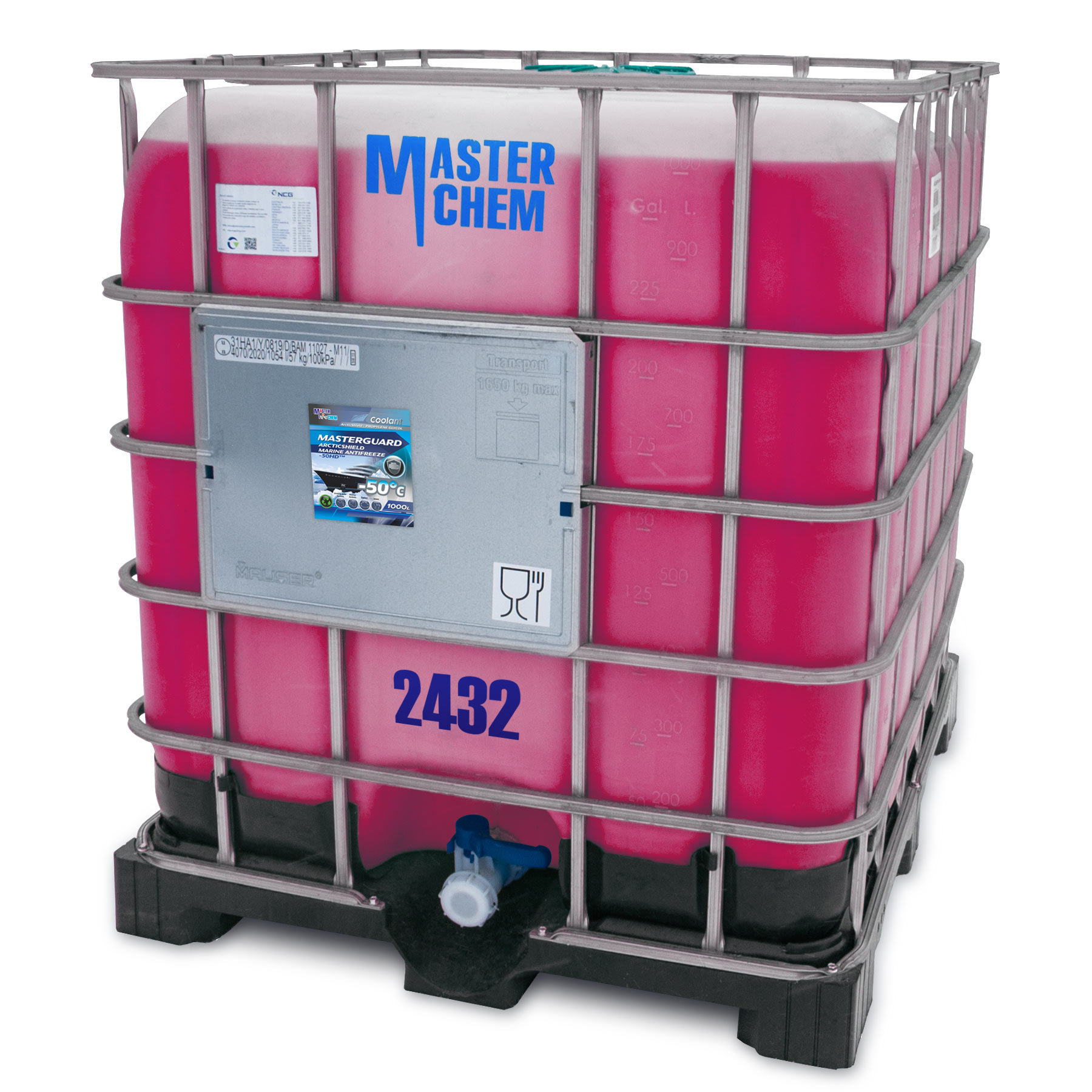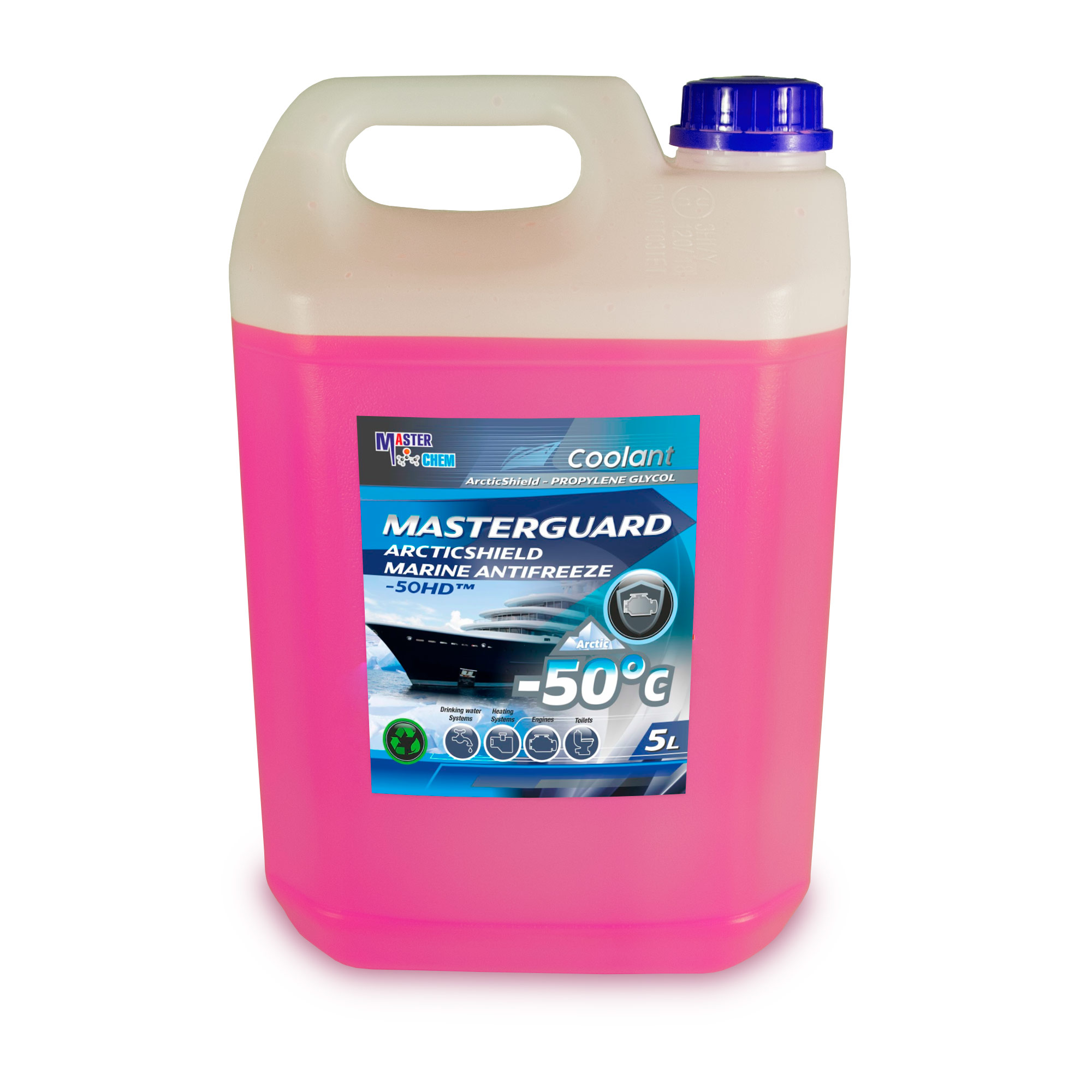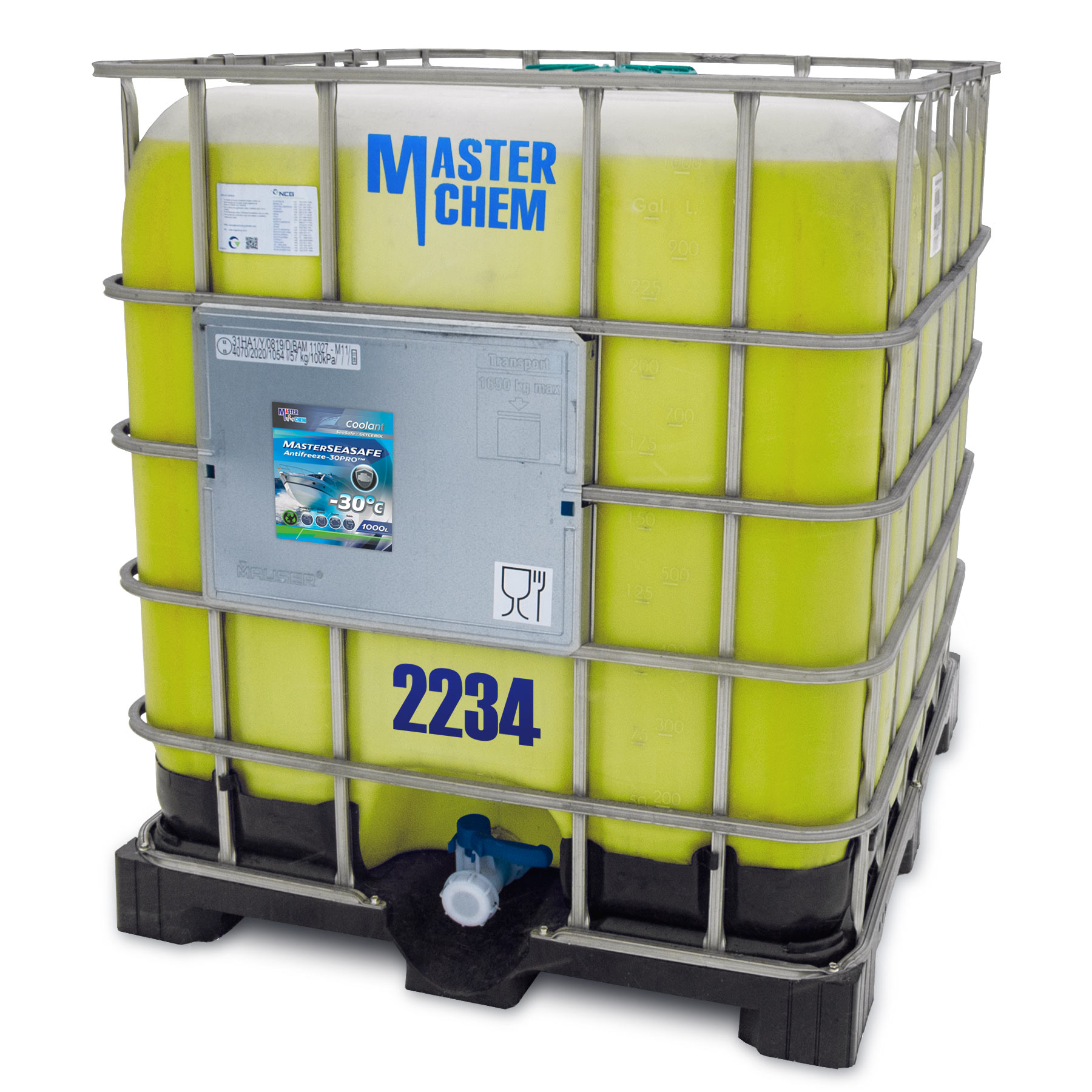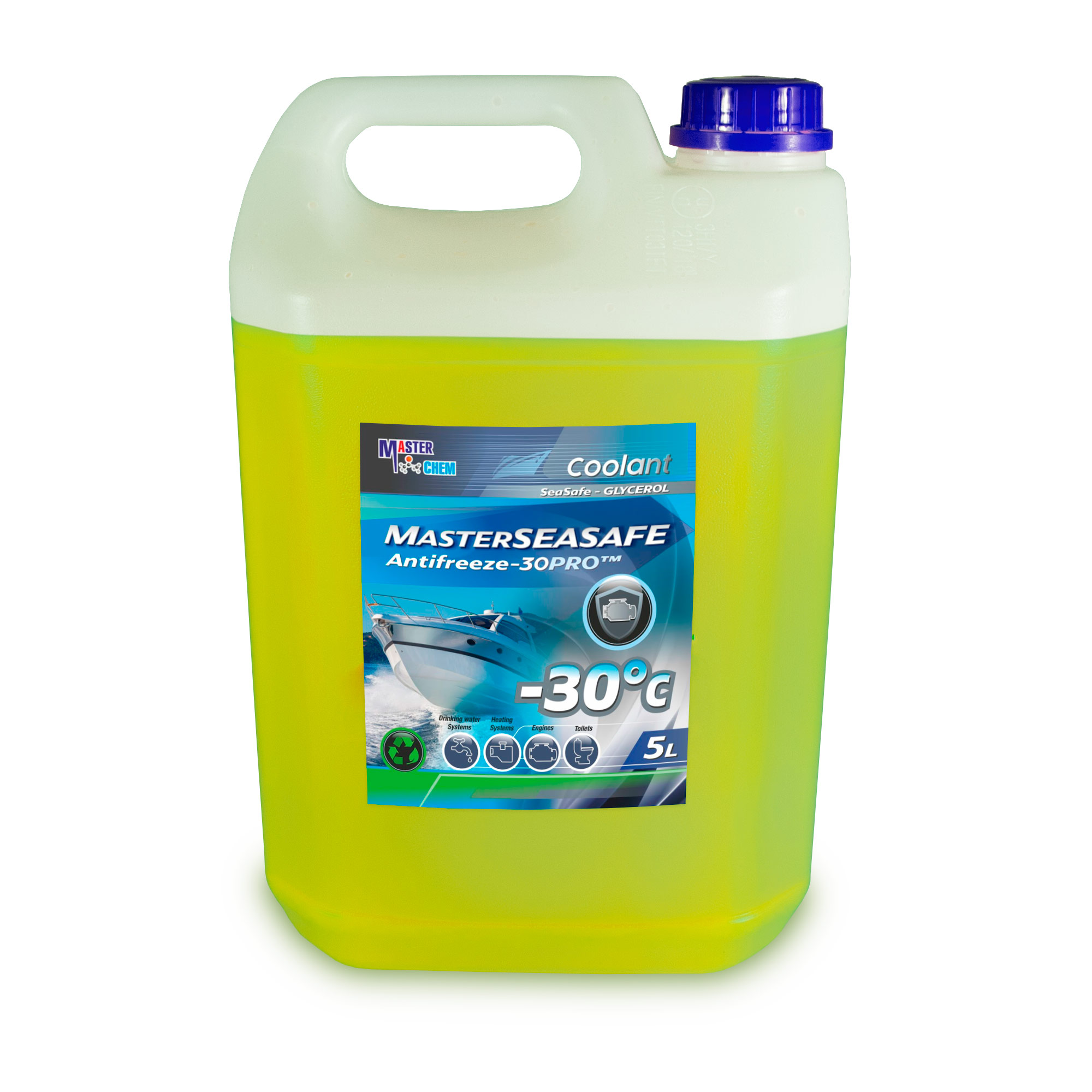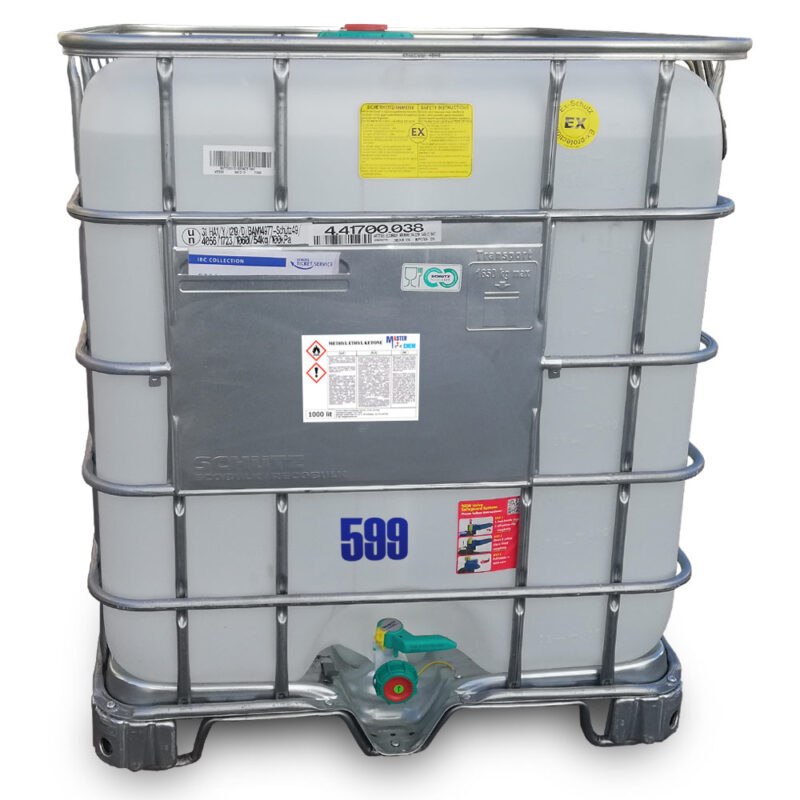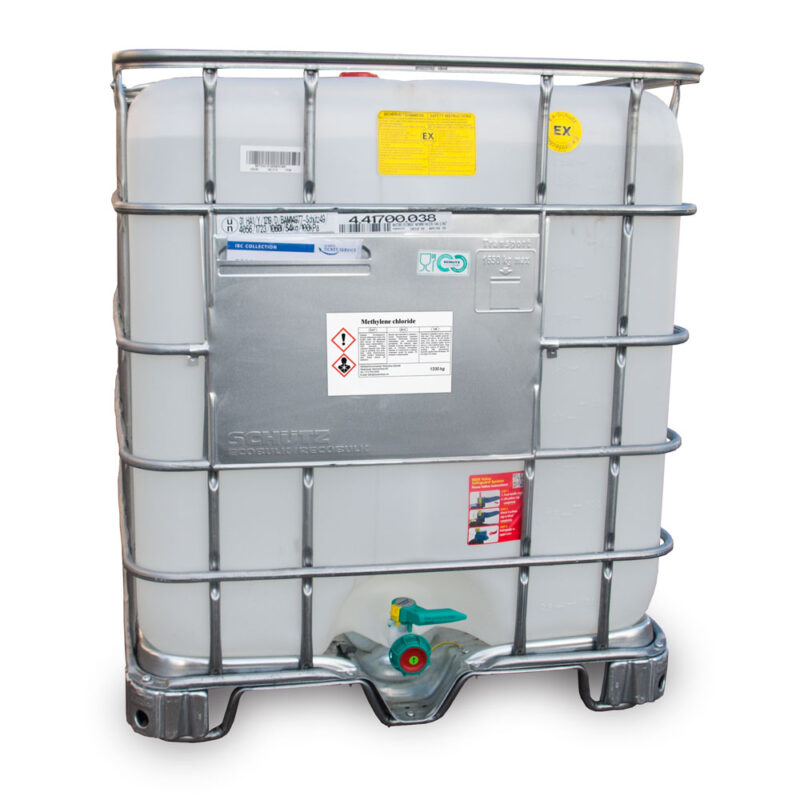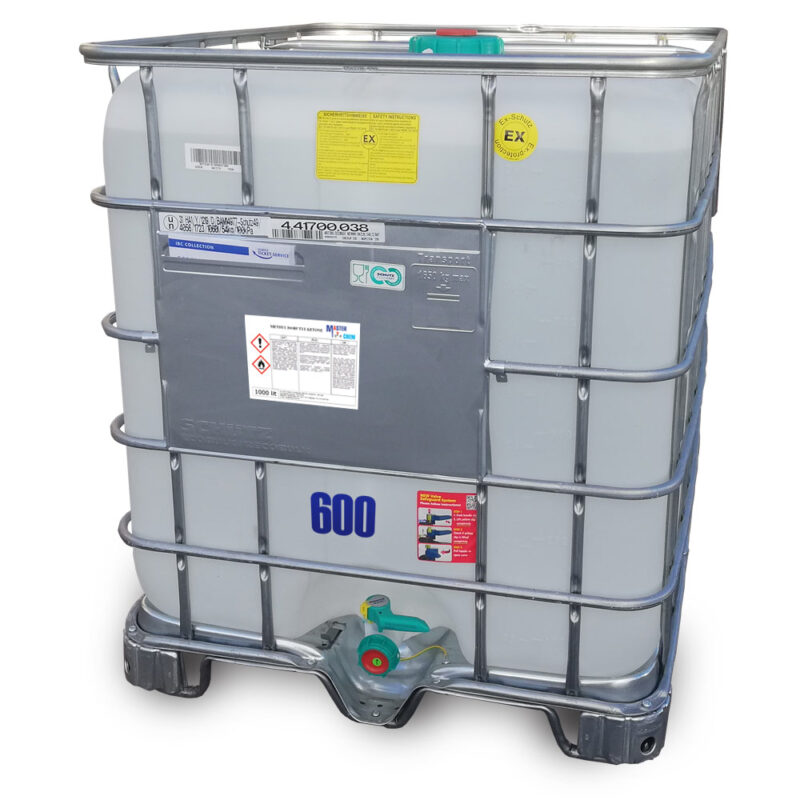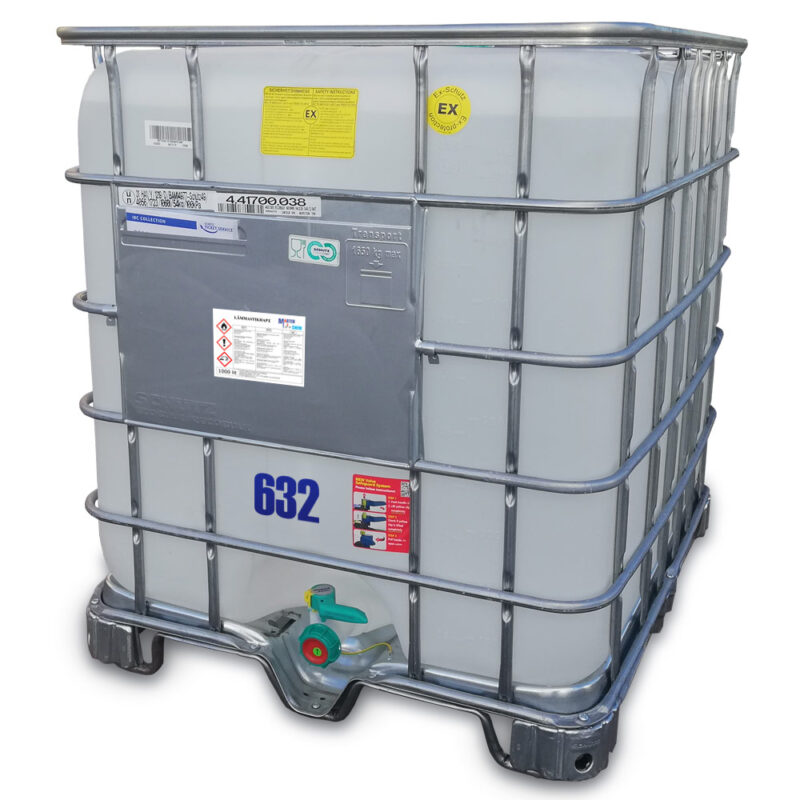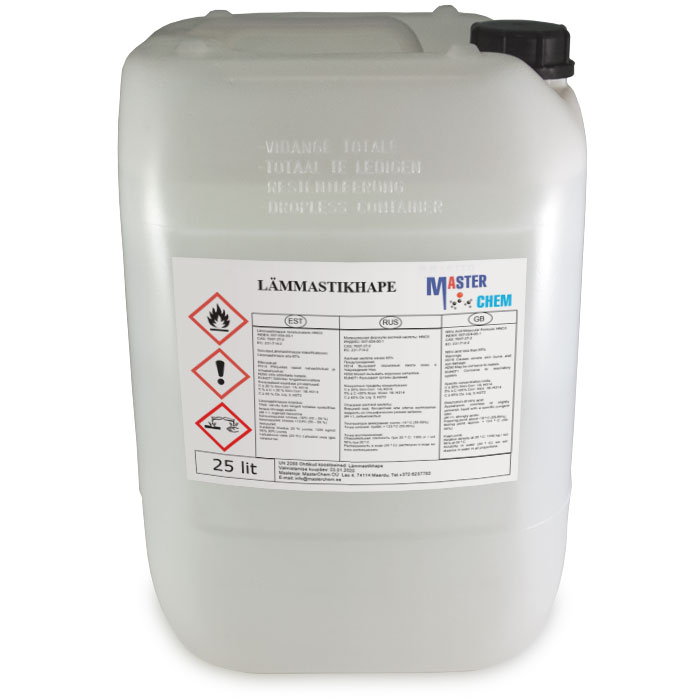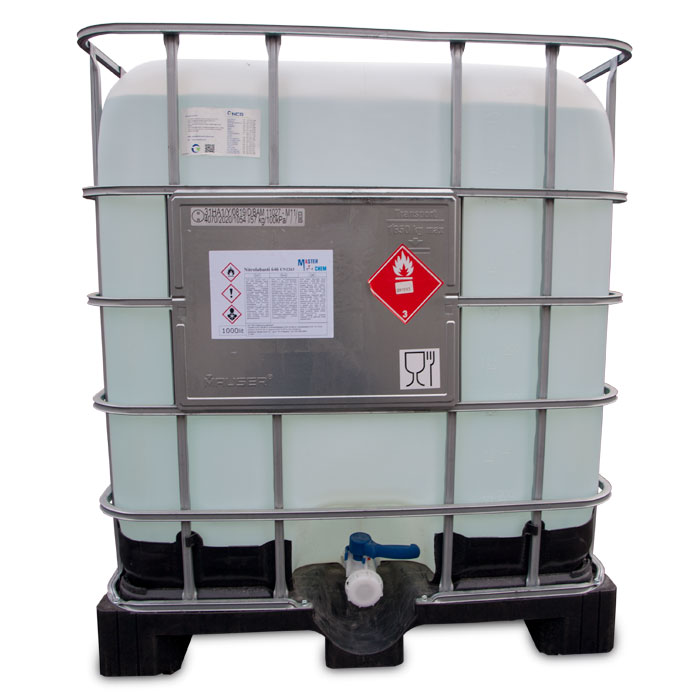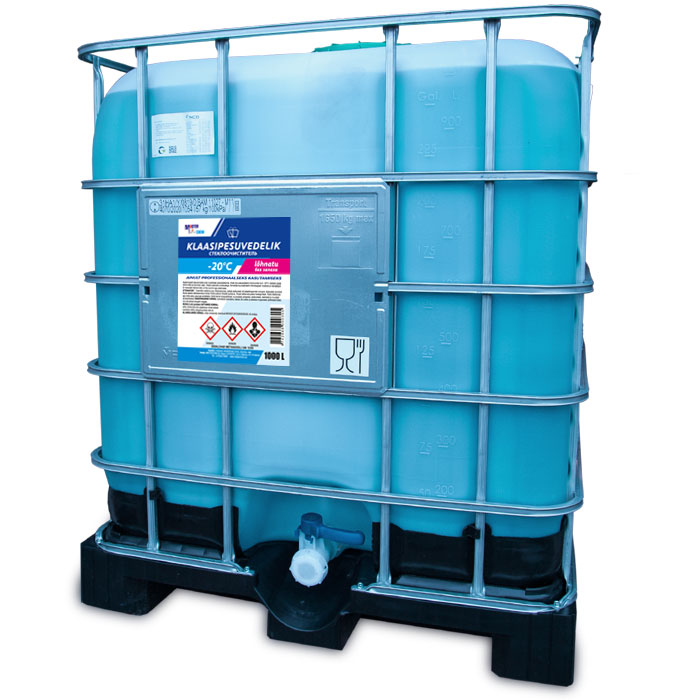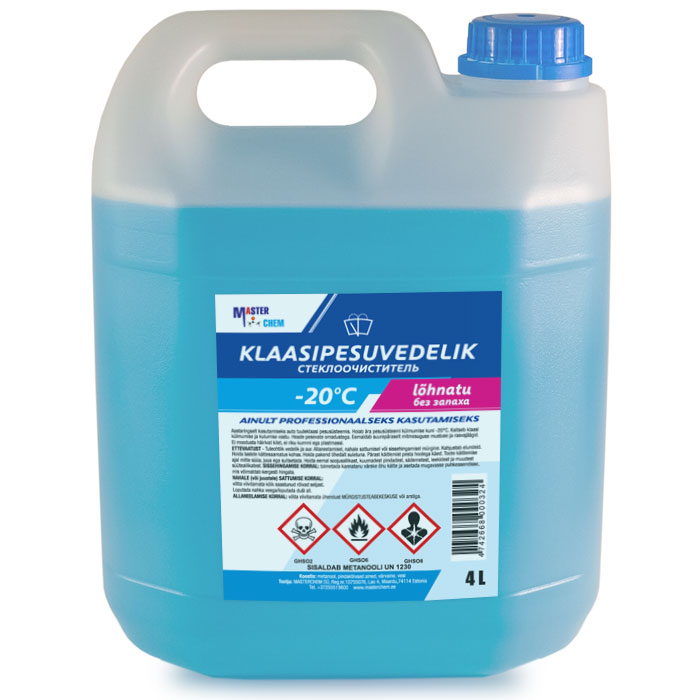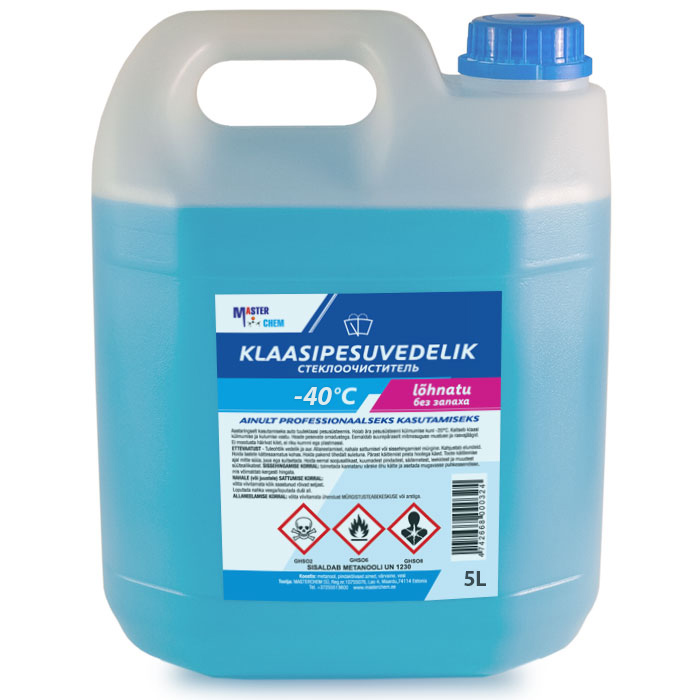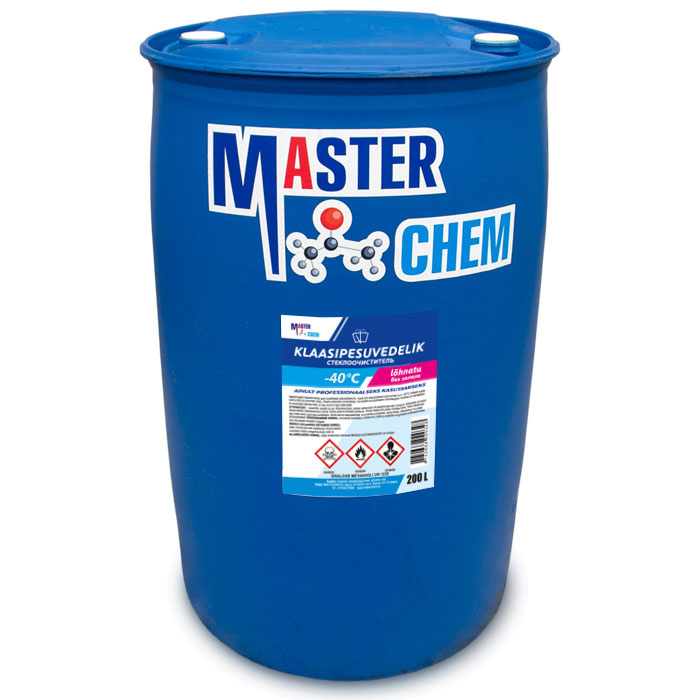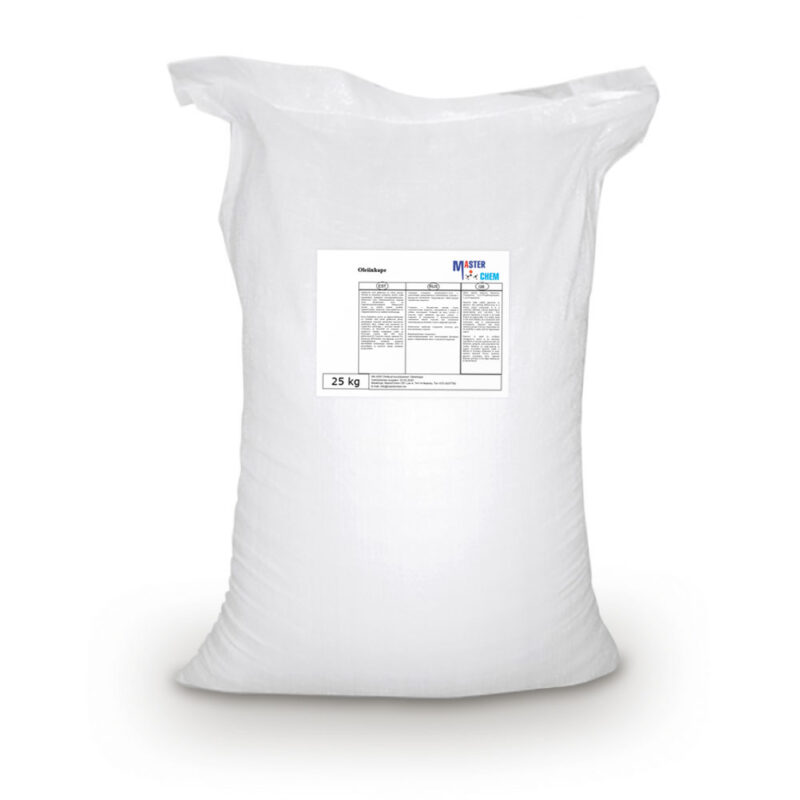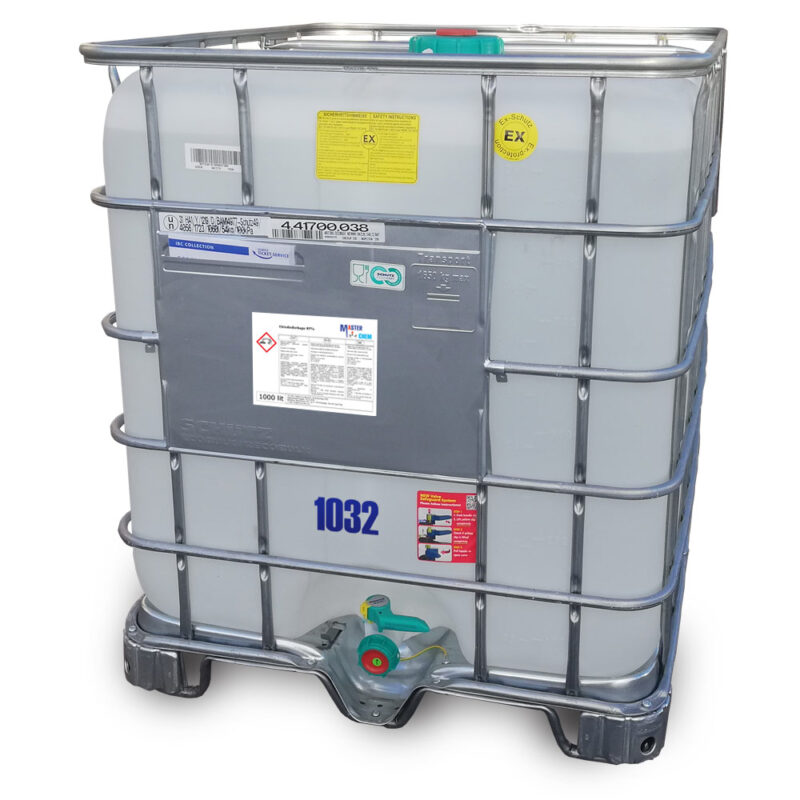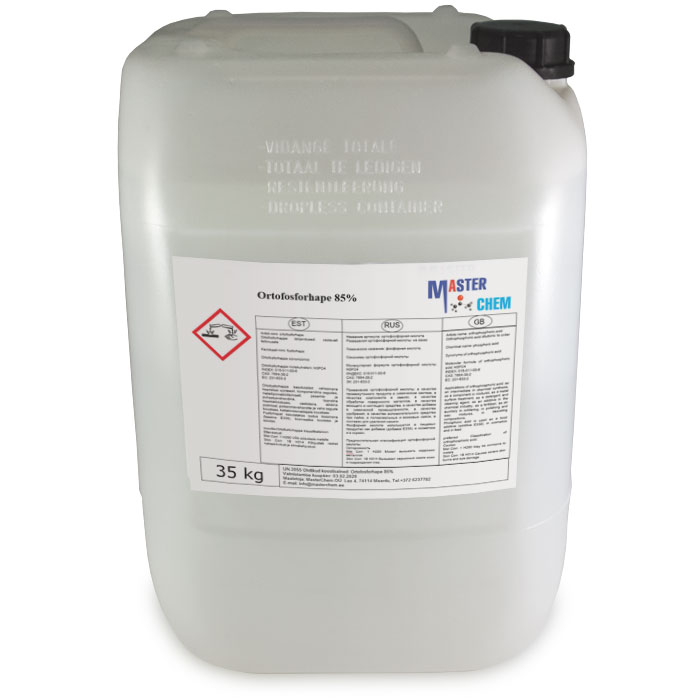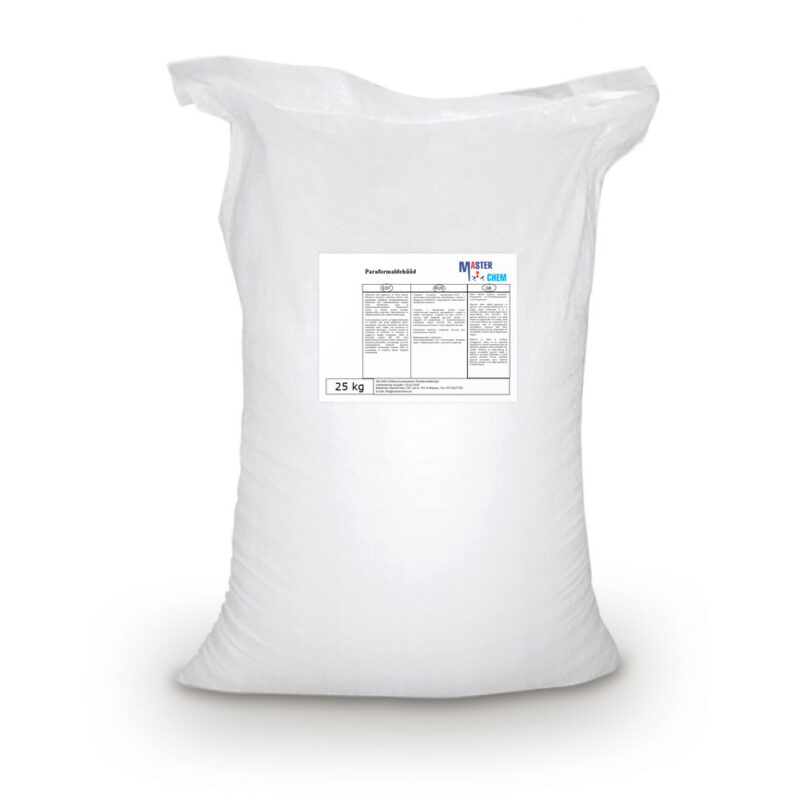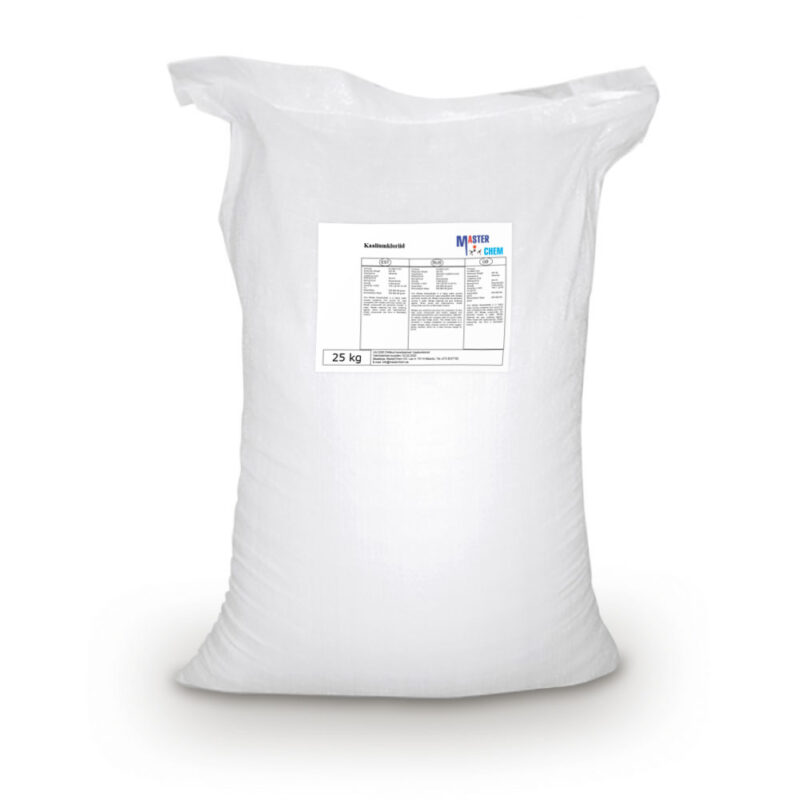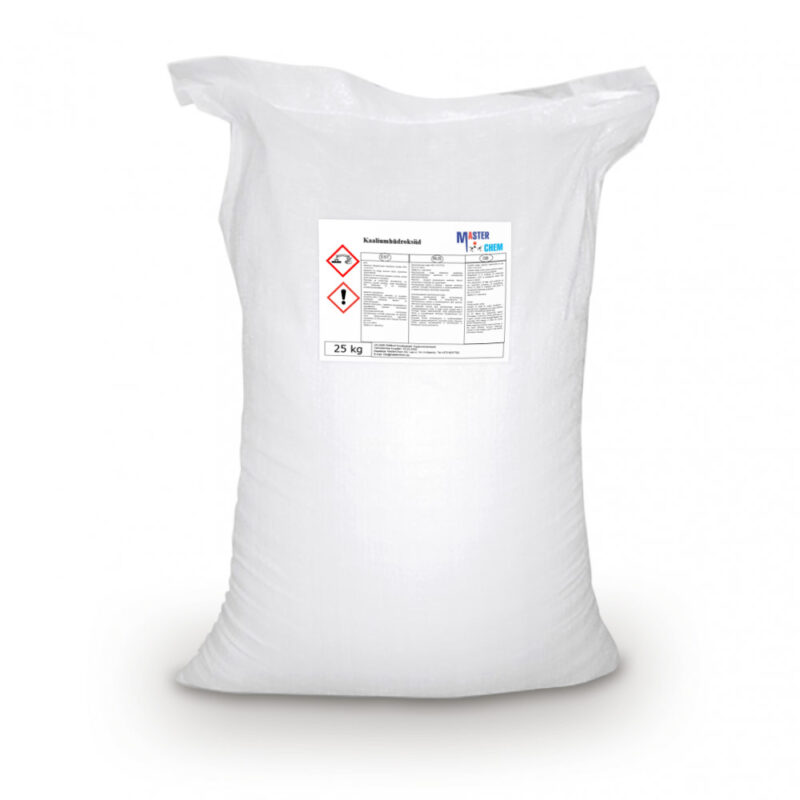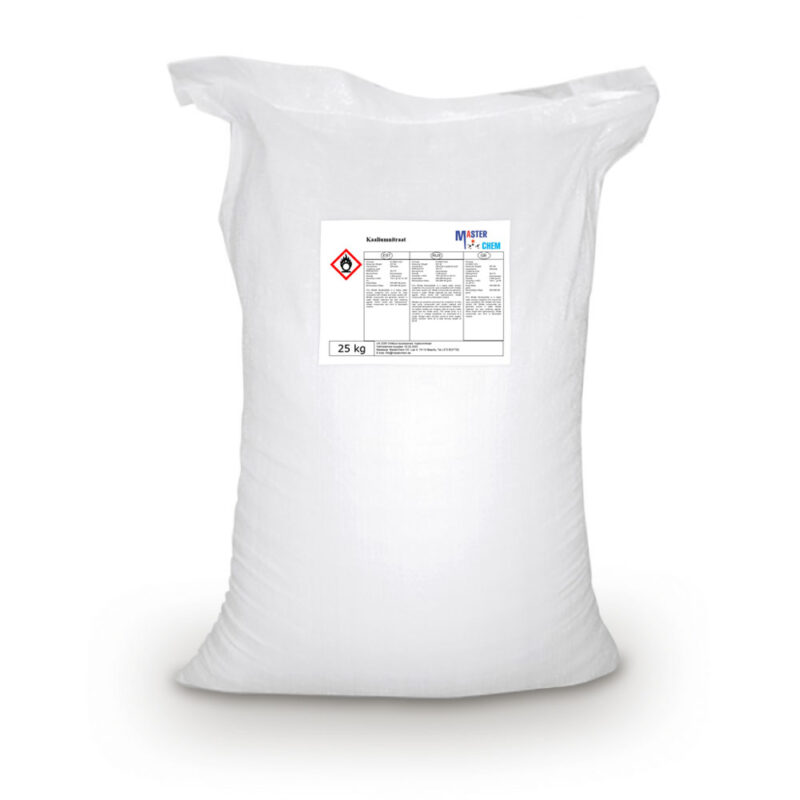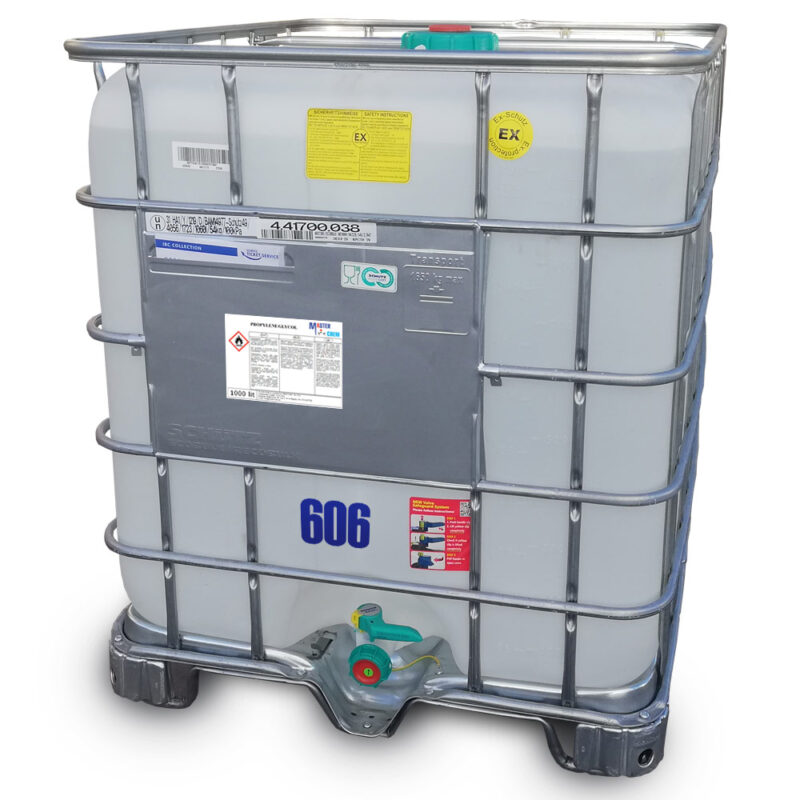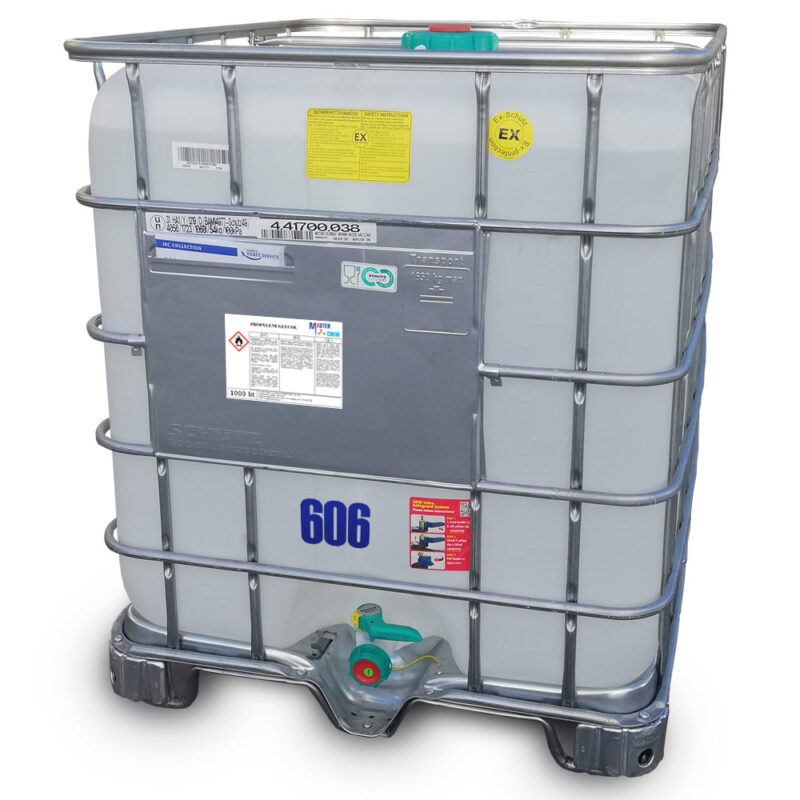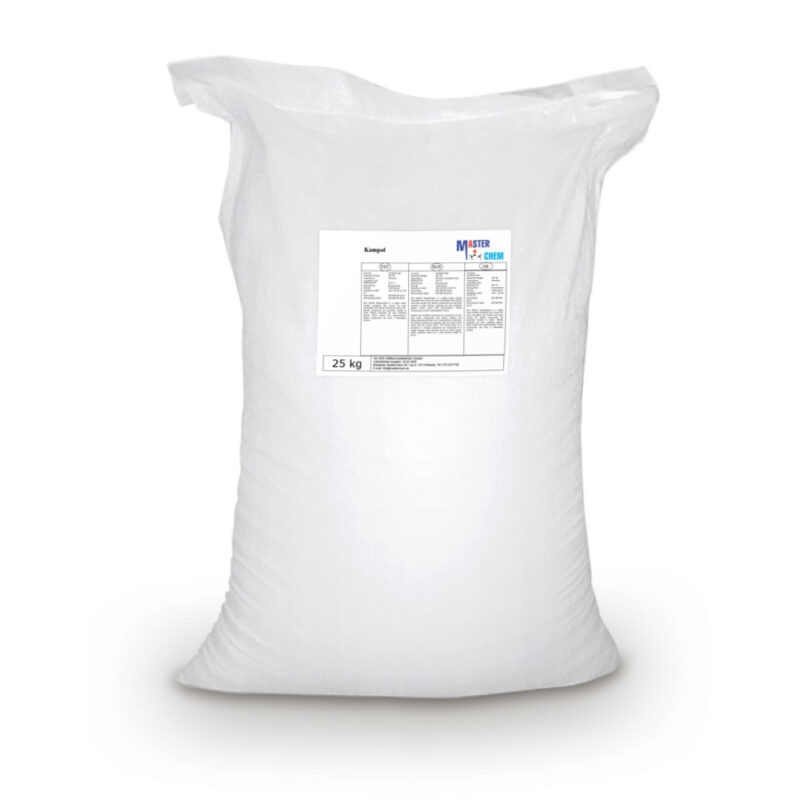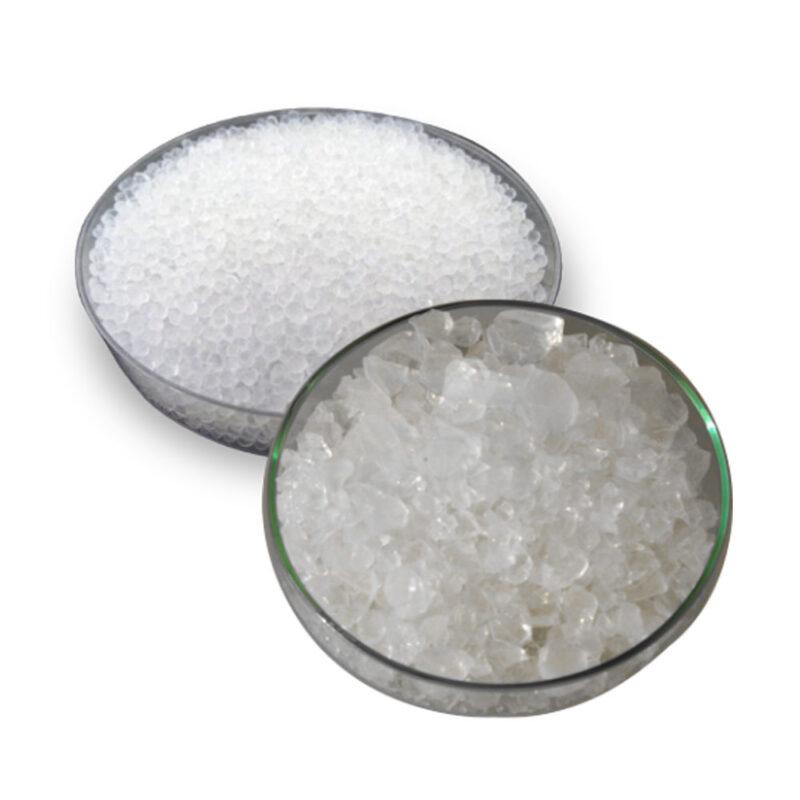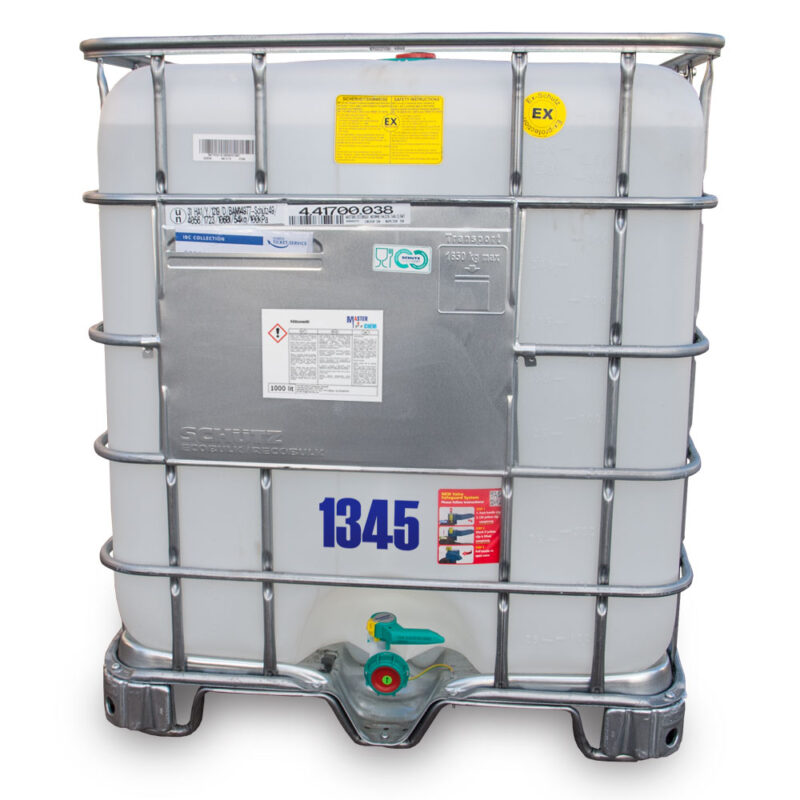MasterGuard ArcticShield Marine Antifreeze -50HD™
MasterGuard ArcticShield Marine Antifreeze -50HD™
MasterGuard ArcticShield Marine Antifreeze -50HD™ is suitable for marine engines, both gasoline and diesel types. MasterGuard ArcticShield Marine Antifreeze -50HD™ is a high-quality extra-long-life cooling liquid designed for marine engines, offering superior protection against freezing in harsh marine environments with extremely cold temperatures. Formulated with propylene glycol and innovative corrosion inhibitors, it ensures optimal performance and longevity of boat engines. Uses carboxylate additive technology developed for highly effective system protection with maximum uptime in a wide range of operating conditions. This eco-friendly solution is non-toxic, making it safe for marine environments. Conforms to standards: ASTM D3306, ASTM D4985, ASTM D6210, SAE J1038, CAT EC-1, Cummins CES 14603, Detroit Diesel 7SE298, 93K217, Freightliner 48-22880, GM 1825/1899M/6277M, TMC RP329, Chrysler MS-7170, MS-9769, Ford WSS-M97B51-A1, WSS-M97B44-D, Mack Trucks CN H, 324.
MasterGuard ArcticShield Marine Coolant can also be used in boats and recreational vehicles (RVs), motorhomes, and caravans to protect the inboard engines, drinking water, and toilet systems against freezing.
MasterSeaSafe Marine Antifreeze-30PRO™
MasterSeaSafe Marine Antifreeze-30PRO™
MasterSeaSafe Marine Antifreeze-30PRO™ is designed specifically for marine engines, offering superior protection against freezing while being environmentally friendly. Its formulation is biodegradable and non-toxic, ensuring it does not harm marine life. Ideal for boaters who prioritize environmental conservation, MasterSeaSafe coolant ensures your engine runs smoothly in cold temperatures without compromising the ecosystem. This product represents a commitment to marine safety and environmental responsibility, making it an excellent choice for eco-conscious boaters looking for reliable engine protection. Do not damage products made of rubber, plastic, cast iron, steel, or aluminum alloys.
MasterSeaSafe Marine Antifreeze-30PRO™ can also be used in boats and recreational vehicles (RVs), motorhomes, and caravans to protect the inboard engines, drinking water, and toilet systems against freezing.
Methylene chloride (CAS 75-09-2)
Other names: methylene chloride, dichloromethane
Description:
A popular industrial solvent is an organic compound derived from methane. Mobile transparent liquid without color, volatile, with a characteristic sharp, sweet smell of ether. Slightly soluble in water. It is highly soluble in organic solvents. When dissolved in hot water, it is destroyed, decomposing into hydrochloric acid and formaldehyde. Low toxic compared to other solvents. It reacts with chlorine to produce chloroform. Reacts with other halogens: iodine, bromine. It interacts with alcoholic and aqueous solutions of ammonia. As a result of the reaction with aqueous ammonia, formic and hydrochloric acids and methylamine are obtained. It reacts with aromatic hydrocarbons, for example, with benzene.
CAS: 75-09-2
Metylisobutylketon (CAS 108-10-1)
Other names: Metylisobutylketon, 4-Methyl-2-pentanone, Isopropylacetone, Hexone, Isobutyl methyl ketone, 2-Methylpropyl methyl ketone, 4-Methyl-2-oxopentane, MIK, Isobutylmethyl ketone, MIBK, Isohexanone
Methyl isobutyl ketone (MIBK) is the organic compound with the formula (CH3)2CHCH2C(O)CH3. This colourless liquid, a ketone, is used as a solvent for gums, resins, paints, varnishes, lacquers, and nitrocellulose.
CAS: 108-10-1
Mosstanol Master
Mosstanol Master is mainly used as a diluent in paints and varnishes, in the printing industry as an environment for ink, window cleaner / washer fluid, fuel mixing, adhesives, air fresheners, varnishes, antifreeze and compressed air systems. icer. The main end-user markets are the printing, paint, engine, consumer and adhesive industries.
Nitric acid 56-58% (CAS 7697-37-2)
The pure compound is colorless, but older samples tend to acquire a yellow cast due to decomposition into oxides of nitrogen and water. Most commercially available nitric acid has a concentration of 68% in water. When the solution contains more than 86% HNO3, it is referred to as fuming nitric acid. Depending on the amount of nitrogen dioxide present, fuming nitric acid is further characterized as red fuming nitric acid at concentrations above 86%, or white fuming nitric acid at concentrations above 95%.
Nitric acid is the primary reagent used for nitration – the addition of a nitro group, typically to an organic molecule. While some resulting nitro compounds are shock- and thermally-sensitive explosives, a few are stable enough to be used in munitions and demolition, while others are still more stable and used as pigments in inks and dyes. Nitric acid is also commonly used as a strong oxidizing agent.
CAS: 7697-37-2
Nitro Thinner 646
Nitro solvent 646 is a classic nitro solvent. Introducing a mixture of various volatile organic liquids (6 components). The original recipe has a ten-year history and has established itself as the most versatile and high-quality composition with excellent properties. Unfortunately now in Europe you will not find a 100% original composition anywhere, as some components are prohibited for circulation in the European Union. Our recipe preserves all the best properties of this product due to the fact that we have replaced the prohibited components with new generation products that are more environmentally friendly. MasterChem has been manufacturing this solvent directly for 25 years. Nitro solvent is a colorless or slightly yellowish liquid with a characteristic odor. It is used in production and in everyday life for diluting and bringing paints and varnishes to a working consistency. If you want to become a sales representative of our product, we are open to negotiations.
Odorless winter windshield washer fluid -20°C
Odorless winter windshield washer fluid -20°C
For professional use only!
For year-round use in a car windshield washer system. Prevents the washing system from freezing down to -20 ° C. Protects glass from freezing and wear. With good washing properties. Excellent removal of various dirt and grease residues. Does not form a disturbing film, does not damage rubber or plastic.
Odorless winter windshield washer fluid -40°C
Odorless winter windshield washer fluid -40°C
For professional use only!
For year-round use in a car windshield washer system. Prevents the washing system from freezing down to -40 ° C. Protects glass from freezing and wear. With good washing properties. Excellent removal of various dirt and grease residues. Does not form a disturbing film, does not damage rubber or plastic.
Oiled sulfur (CAS 7704-34-9)
Oiled sulfur (CAS 7704-34-9)
Sulfur (in British English: sulphur) is a chemical element with the symbol S and atomic number 16. It is abundant, multivalent and nonmetallic. Under normal conditions, sulfur atoms form cyclic octatomic molecules with a chemical formula S8. Elemental sulfur is a bright yellow, crystalline solid at room temperature.
Oleic acid (CAS 112-80-1)
Oleic acid (CAS 112-80-1)
Oleic acid is a fatty acid that occurs naturally in various animal and vegetable fats and oils. It is an odorless, colorless oil, although commercial samples may be yellowish. In chemical terms, oleic acid is classified as a monounsaturated omega-9 fatty acid, abbreviated with a lipid number of 18:1 cis-9. It has the formula CH3(CH2)7CH=CH(CH2)7COOH. The name derives from the Latin word oleum, which means oil. It is the most common fatty acid in nature. The salts and esters of oleic acid are called oleates.
Ortofosforhape 85% (CAS 7664-38-2)
Molecular formula of orthophosphoric acid: H3PO4
INDEX: 015-011-00-6
CAS: 7664-38-2
EC: 231-633-2
IUPAC name
Phosphoric acid
Applications of orthophosphoric acid: as an intermediate in chemical synthesis, as a component in mixtures, as a metal surface treatment, as a detergent and cleaning agent, as an additive in the chemical industry, as a fertilizer, as an auxiliary in soldering, in polishing and wax mixtures, in descaling compositions.
Phosphoric acid is used in food as an additive (additive E338), in cosmetics and in feed.
Paraformaldehyde (CAS 30525-89-4)
Paraformaldehyde (CAS 30525-89-4)
Paraformaldehyde (PFA) is the smallest polyoxymethylene, the polymerization product of formaldehyde with a typical degree of polymerization of 8–100 units. Paraformaldehyde commonly has a slight odor of formaldehyde due to decomposition. Paraformaldehyde is a poly-acetal.
Potassium chloride (CAS 7447-40-7)
Potassium chloride (CAS 7447-40-7)
Potassium chloride (CAS 7447-40-7)
Potassium chloride (KCl, or potassium salt) is a metal halide salt composed of potassium and chlorine. It is odorless and has a white or colorless vitreous crystal appearance. The solid dissolves readily in water, and its solutions have a salt-like taste. Potassium chloride can be obtained from ancient dried lake deposits. KCl is used as a fertilizer, in medicine, in scientific applications, and in food processing, where it may be known as E number additive E508.
As a chemical feedstock, it is used for the manufacture of potassium hydroxide and potassium metal. It is also used in medicine, lethal injections, scientific applications, food processing, soaps, and as a sodium-free substitute for table salt for people concerned about the health effects of sodium.
It is used as a supplement in animal feed to boost the potassium level in the feed. As an added benefit, it is known to increase milk production.
It is sometimes used in solution as a completion fluid in petroleum and natural gas operations, as well as being an alternative to sodium chloride in household water softener units.
Potassium hydroxide (flakes) (CAS 1310-58-3)
Potassium hydroxide, Lye, Custic potash, KOH
Potassium hydroxide, also known as lye is an inorganic compound with the chemical formula KOH. Also commonly referred to as caustic potash. It is used in various chemical, industrial and manufacturing applications. Potassium hydroxide is also a precursor to other potassium compounds. Potassium hydroxide is used in food to adjust pH, as a stabilizer, and as a thickening agent.
In addition to the above uses, potassium hydroxide is also used in making soap, as an electrolyte in alkaline batteries and in electroplating, lithography, and paint and varnish removers. Liquid drain cleaners contain 25 to 36% of potassium hydroxide.
Potassium nitrate (CAS 7757-79-1)
Potassium nitrate (CAS 7757-79-1)
Potassium nitrate (CAS 7757-79-1)
Potassium nitrate is a chemical compound with the chemical formula KNO3. It is an ionic salt of potassium ions K+ and nitrate ions NO3−, and is therefore an alkali metal nitrate. It occurs in nature as a mineral, niter (or nitre in the UK). It is a source of nitrogen, and nitrogen was named after niter. Potassium nitrate is one of several nitrogen-containing compounds collectively referred to as saltpetre (or saltpeter in North America).
Major uses of potassium nitrate are in fertilizers, tree stump removal, rocket propellants and fireworks. It is one of the major constituents of gunpowder (black powder). In processed meats, potassium nitrate reacts with hemoglobin and myoglobin generating a blue color.
Propylene glycol (CAS 57-55-6)
Other names: α-Propylene glycol, 1,2-Propanediol, 1,2-Dihydroxypropane, Methyl ethyl glycol (MEG), Methylethylene glycol
Propylene glycol (IUPAC name: propane-1,2-diol) is a synthetic organic compound with the chemical formula C3H8O2. It is a viscous colorless liquid which is nearly odorless but possesses a faintly sweet taste. Chemically it is classed as a diol and is miscible with a broad range of solvents, including water, acetone, and chloroform.
CAS: 57-55-6
Propylene glycol monoethyl ether (CAS 52125-53-8)
Other names: PGME , 1-Methoxy-2-propanol, Methoxypropanol, α-Propylene glycol monomethyl ether, Dowanol PM
Propylene glycol methyl ether (PGME or 1-methoxy-2-propanol) is an organic solvent with a wide variety of industrial and commercial uses. Similar to other glycol ethers, it is used as a carrier/solvent in printing/writing inks. It also finds use as an in industrial and commercial paint stripper.
CAS: 52125-53-8
Rosin (CAS 8050-09-7)
Rosin (CAS 8050-09-7)
Rosin, also called colophony or Greek pitch (Latin: pix graeca), is a solid form of resin obtained from pines and some other plants, mostly conifers, produced by heating fresh liquid resin to vaporize the volatile liquid terpene components. It is semi-transparent and varies in color from yellow to black. At room temperature rosin is brittle, but it melts at stove-top temperature. It chiefly consists of various resin acids, especially abietic acid. The term “colophony” comes from colophonia resina, Latin for “resin from Colophon”, an ancient Ionic city.
Silica gel (CAS 7631-86-9)
Silica gel (CAS 7631-86-9)
Silica gel is a granular, vitreous, porous form of silicon dioxide made synthetically from sodium silicate. Silica gel contains a nano-porous silica micro-structure, suspended inside a liquid. Most applications of silica gel require it to be dried, in which case it is called silica xerogel. For practical purposes, silica gel is often interchangeable with silica xerogel.
CAS: 7631-86-9
Silicone oil (CAS 63148-62-9)
Silicone oil (CAS 63148-62-9)
A silicone oil is any liquid polymerized siloxane with organic side chains. The most important member is polydimethylsiloxane. These polymers are of commercial interest because of their relatively high thermal stability and their lubricating properties.
Silicone oils are primarily used as lubricants, thermic fluid oils or hydraulic fluids. They are excellent electrical insulators and, unlike their carbon analogues, are non-flammable. Their temperature stability and good heat-transfer characteristics make them widely used in laboratories for heating baths (“oil baths”) placed on top of hotplate stirrers, as well as in freeze-dryers as refrigerants. Silicone oil is also commonly used as the working fluid in dashpots, wet-type transformers, diffusion pumps and in oil-filled heaters. Aerospace use includes the external coolant loop and radiators of the International Space Station Zvezda module, which rejects heat in the vacuum of space.
The class of silicone oils known as cyclosiloxanes has many of the same properties as other non-cyclic siloxane liquids but also has a relatively high volatility, making it useful in a number of cosmetic products such as antiperspirant.
Some silicone oils, such as simethicone, are potent anti-foaming agents due to their low surface tension. They are used in industrial applications such as distillation or fermentation, where excessive amounts of foam can be problematic. They are sometimes added to cooking oils to prevent excessive foaming during deep frying. Silicone oils used as lubricants can be inadvertent defoamers (contaminants) in processes where foam is desired, such as in the manufacture of polyurethane foam.
Silicone oil is also one of the two main ingredients in Silly Putty, along with boric acid.
Sodium benzoate (CAS 532-32-1)
Sodium benzoate (CAS 532-32-1)
Sodium benzoate is the sodium salt of benzoic acid, widely used as a food preservative and pickling agent. A white crystaline chemical with the formula C6H5COONa, it has an E number of E211. It can be produced by reacting sodium hydroxide with benzoic acid.
Sodium benzoate is produced by the neutralization of benzoic acid, which is itself produced commercially by partial oxidation of toluene with oxygen.
Many foods are natural sources of benzoic acid, its salts (such as sodium benzoate), and its esters. Fruits and vegetables can be rich sources, particularly berries such as cranberry and bilberry. Other sources include seafood, such as prawns, and dairy products.

